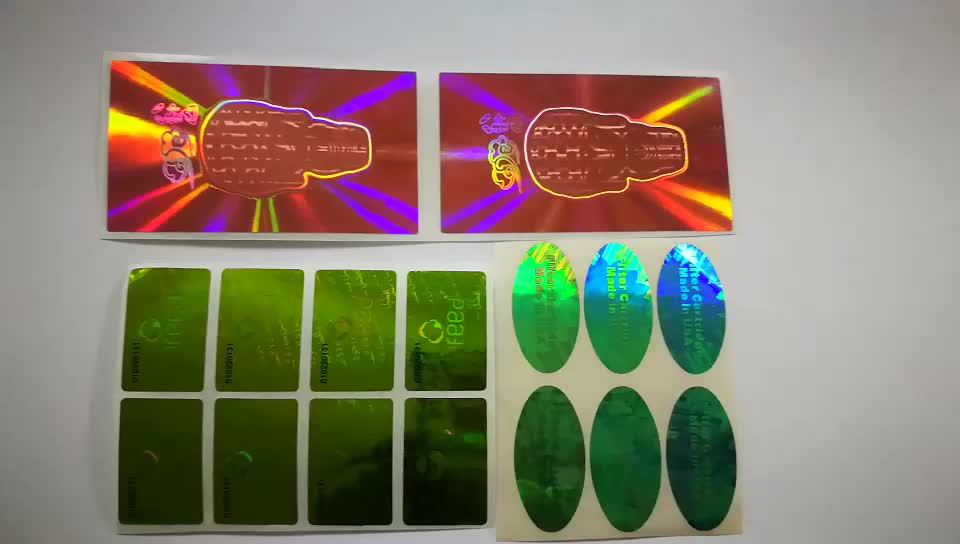In an era where counterfeiting and fraud have become prevalent, businesses and organizations are constantly seeking innovative ways to secure their products and protect their brand identity. One such cutting-edge solution is the use of custom hologram stickers. These mesmerizing, three-dimensional images not only captivate the eye but also serve as an effective deterrent against tampering and counterfeiting. This article delves into the world of custom hologram stickers, exploring their uses, benefits, and the intricate process of creating them.
The Evolution of Hologram Technology:
Holography, once considered a futuristic concept, has seamlessly integrated into our daily lives. Holograms are created through the interference of light waves, producing three-dimensional images that seem to float in space. The use of holograms has evolved from entertainment and art to practical applications, with custom hologram stickers emerging as a powerful tool for security and brand protection.
Applications and Benefits:
- Brand Authentication: Custom hologram stickers play a pivotal role in brand authentication. They provide a visible and easily recognizable feature that distinguishes genuine products from counterfeits. Companies across various industries, from pharmaceuticals to electronics, leverage holographic stickers to ensure the authenticity of their goods.
- Tamper-Evidence: Hologram stickers are inherently tamper-evident. Attempts to remove or alter the sticker result in visible damage, serving as a clear indication of tampering. This feature enhances product security and prevents unauthorized access or manipulation.
- Consumer Trust: The presence of holographic stickers on products instills confidence in consumers. The visual appeal and sophisticated nature of holograms convey a sense of professionalism and commitment to quality, building trust in the brand.
The Creation Process:
Creating custom hologram stickers is a meticulous and multi-step process that involves advanced technology and skilled craftsmanship.
- Design Concept: The journey begins with a unique design concept. Companies work closely with holographic design specialists to create intricate and eye-catching hologram patterns that reflect their brand identity. Elements such as logos, text, and specific security features are incorporated into the design.
- Mastering: The design is then transferred onto a master holographic plate through a process called mastering. This involves laser beams recording the holographic patterns onto a light-sensitive material, creating the master copy from which multiple holograms can be replicated.
- Replication: The master holographic plate is used to replicate holographic images onto a roll of holographic foil. This foil can then be applied to a variety of surfaces, including stickers. The replication process ensures consistency and precision in each holographic sticker.
- Additional Security Features: To enhance security, additional features such as microtext, 2D/3D imagery, and hidden elements can be incorporated into the holographic design. These features are challenging to replicate, further deterring counterfeiters.
Conclusion:
Custom hologram stickers represent a harmonious blend of art and technology, serving as a formidable tool in the fight against counterfeiting while elevating brand aesthetics. The visual appeal, tamper-evident nature, and brand authentication capabilities make holographic stickers indispensable for businesses seeking to protect their products and build consumer trust.
As technology continues to advance, the world of holography will likely witness further innovations. The integration of smart holograms with digital elements, such as QR codes or NFC technology, could provide even more sophisticated layers of security in the future. For now, custom hologram stickers uk stand as a shining example of how creativity and technology can come together to address real-world challenges in the realms of security and brand protection.

